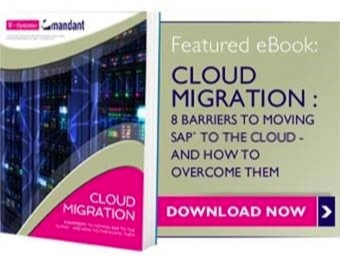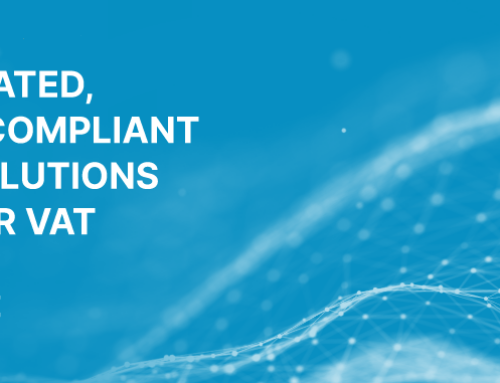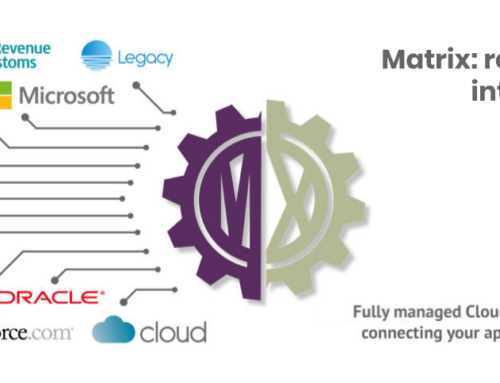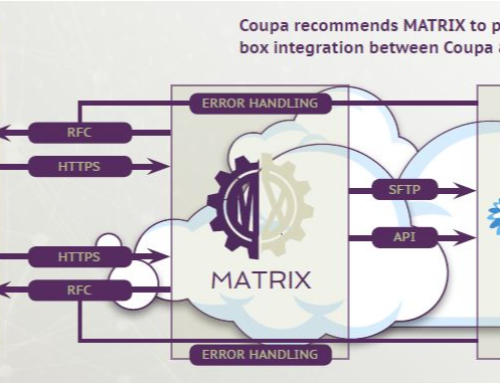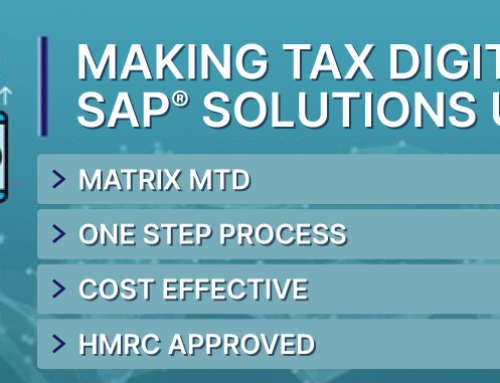When planning a cloud migration strategy involving a core ERP system like SAP® solutions, the issue of managing integration can be an early stumbling block.
- Will my current integration work when we move SAP® solutions to the cloud?
- Do we need to replace current integration with different technology?
- How will we manage all these different types of integration moving forwards?
- Does moving to the cloud present new alternatives that are easier and cheaper to run?
These are just some of the questions that IT directors are asking when they are planning a SAP® solutions cloud migration.
The problem is that not every application is right for the cloud. Bespoke applications, those containing sensitive data, and software that has been heavily customised may not be suited for the public cloud. The end result, for many businesses, often needs to be a mix of private cloud, cloud-based SaaS solutions and on premise software. But, of course, they all need to work together seamlessly for the benefit of the business.
Getting to that point demands cross-platform integration solutions, and of course there are several options to choose from – but each requires different technical skills, support and maintenance.
For SMEs in particular, supporting different integration technologies is a burden, so many are looking for a single approach.
MATRIX cloud integration platform (which is built on SAP HANA® technology) satisfies that need for a single solution to all SAP® solutions integration in four ways:
- MATRIX cloud integration platform provides several SAP to non-SAP integrations out-of-the-box. The list is growing and currently includes Salesforce.com, Coupa, Concur, Oracle and many more.
- MATRIX provides integration between cloud SAP® solutions and SAP® solutions on premise for those businesses who desire a phased approach to their cloud migration strategy
- Mandant, the team behind MATRIX, will create and support bespoke integrations using MATRIX cloud integration platform so that you have a single technology for all your integration requirements.
- All development, support and maintenance is carried out by the Mandant team leaving MATRIX users free to get on with their business rather than worrying about integration management
The way MATRIX is used varies from business to business, but let me give you a couple of scenarios:
SCENARIO ONE – pressure from business functional heads
Heads of business areas (sales, procurement etc.) are reviewing SaaS applications and feel that huge business efficiencies can be made by implementing their chosen solution(s). Because of the way many SaaS products are marketed and sold, they’ve been able to review alternatives and even trial software without recourse to their colleagues in IT. Having built a business case they are keen to implement, and now need IT’s help to make it happen. IT want to move to the cloud, but aren’t ready to do so yet.
We all know that it’s not quite so simple. Anyone who has SAP® solutions on premise at the core needs to ensure that both data and processes are kept intact across all applications – no matter where they are located. It’s not just a matter of going live on the SaaS application. MATRIX bridges that gap by providing out-of-the-box solutions for several SAP® solutions on premise to cloud applications. Alternatively, where the integration you need isn’t currently available as standard, the MATRIX team will build and maintain it for you. All SAP integration requirements can be solved with a single solution – MATRIX – and that solution can continue to be used as and when the business is ready to move SAP into the cloud.
SCENARIO TWO – a forthcoming merger with a non-SAP® solutions based business
If the business drivers (eg cost reductions from economies of scale) for the merger mean that it makes more sense for all parts of the newly merged organisation to be on one platform, then the IT department may be considering whether to add the new organisation to their current SAP® solutions on premise infrastructure.
As part of the deliberations, many are looking at the costs of supporting a larger on premise solution vs moving to the cloud and finding that the cloud version would be more cost effective. That doesn’t, of course, mean that the business can move to the cloud immediately. There will be other considerations to take care of before moving everything to the cloud. For those not ready to make a wholesale move to the cloud, MATRIX can again provide a solution.
By taking care of cloud SAP® solutions to SAP® solutions on premise integration, MATRIX provides that interim solution. The newly acquired business can implement SAP® solutions in the cloud, and MATRIX will take care of integration to the core on premise version.
There is huge interest in moving SAP® solutions on premise to the cloud, and we are seeing more and more businesses adopting a cloud-first or even cloud-only approach to IT. Over the past few months, we’ve been involved in several scenarios where SAP® solutions migration to the cloud is being contemplated. In all cases, we’ve found that IT departments have to deal with conflicting business pressures, produce a convincing business case, and create a sound plan to move a complex infrastructure securely to the cloud.
We’ve worked with cloud hosting provider T-Systems to produce a guide to address the top 8 barriers to moving SAP® solutions to the cloud. In it we outline the common problems we have encountered as we have discussed cloud migration with business leaders, and offer solutions for overcoming them.
